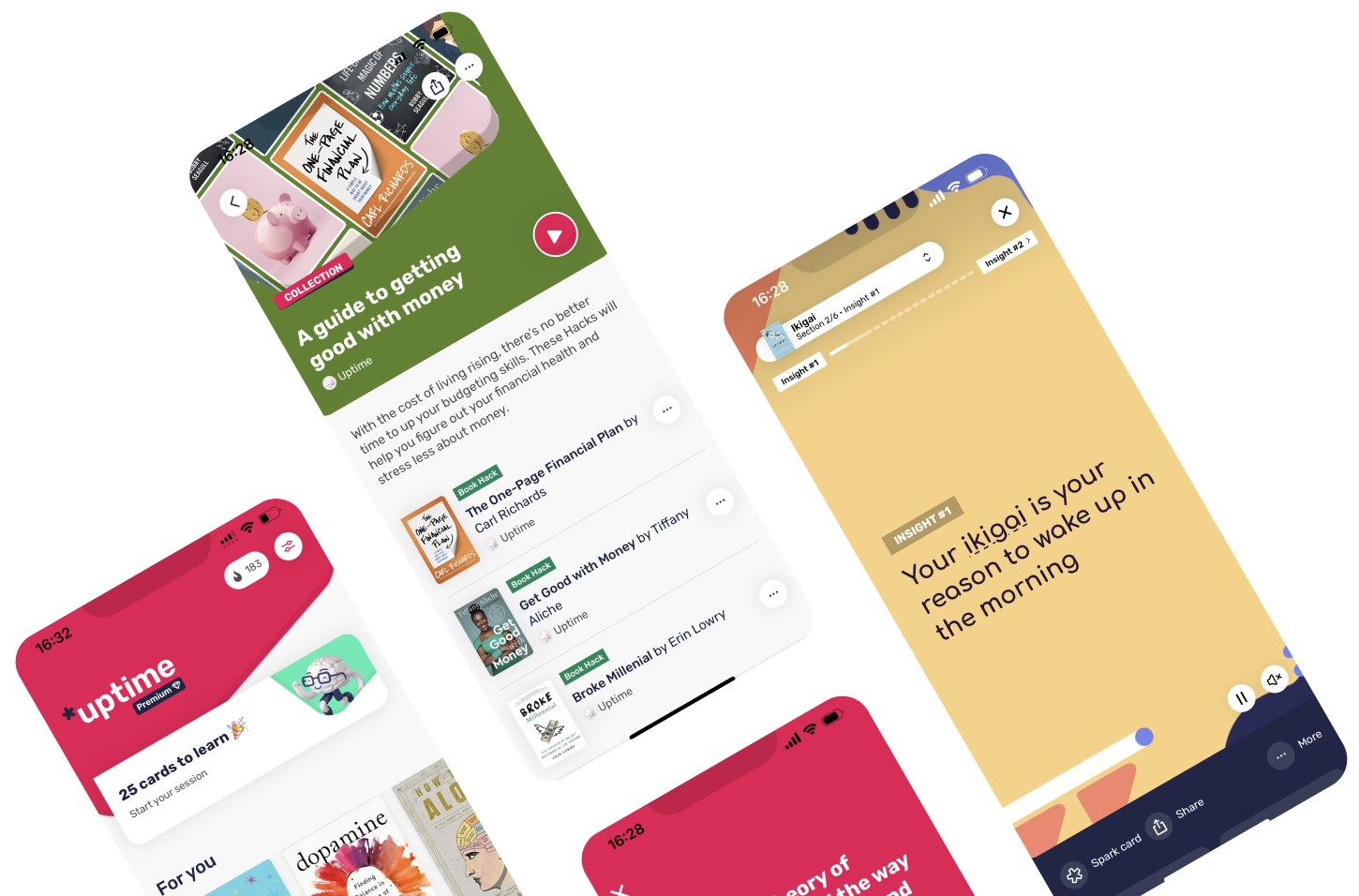Course HackData Science in Real LifeBy Brian Caffo, Johns Hopkins University
In a Nutshell
In this Coursera class, three professors from Johns Hopkins University cover the common pitfalls in data analysis and discuss how to safeguard against them.
Favorite Quote
We're going to talk about different variations of experimental design versus observational studies. We'll talk about some ideas for how you can check for errant data and other tools to make data analysis in real life a little bit more manageable.
Brian Caffo
Introduction
Can you think back to a data science experiment where the data pull went perfectly, hypotheses were clearly defined prior to analysis, the conclusions were clear, and actionable decisions were obvious? Probably not.
In real life, data science is messy, with lots of room for human error and unexpected conclusions.
But the gulf between your ideal data science experiment and your real-life outcome is exactly what's important to study.
Presented by Professors Brian Caffo, Jeff Leek, and Roger D. Peng of Johns Hopkins University's Bloomberg School of Public Health, this Coursera class highlights how to manage your expectations and deal with the real world challenges of data analysis.
By learning when design can protect you and when it's appropriate to accept that your data simply can't answer the questions you're asking, you can learn to set your expectations and design strong data science experiments.
Here are the 3 key insights from this Hack
- 1.A well-designed experiment will yield a sturdier analysis
- 2.Lorem ipsum dolor sit amet, consectetur adipiscing elit. Nunc volutpat, leo ut.
- 3.Lorem ipsum dolor sit amet, consectetur adipiscing elit. Nunc volutpat, leo ut.









